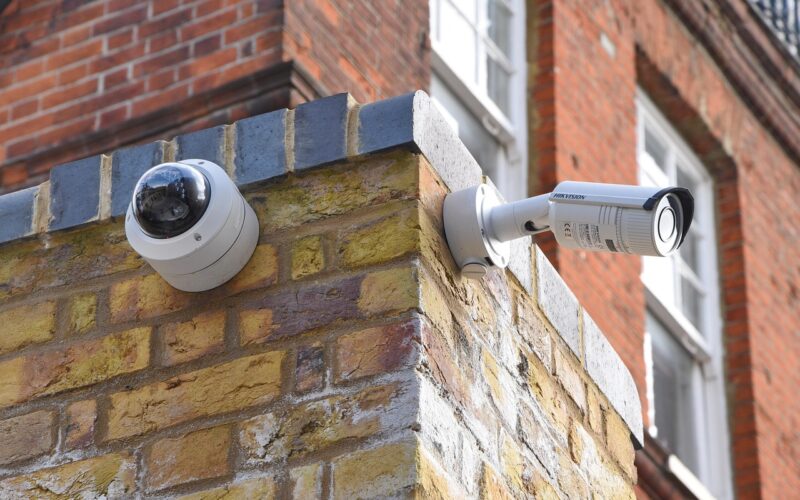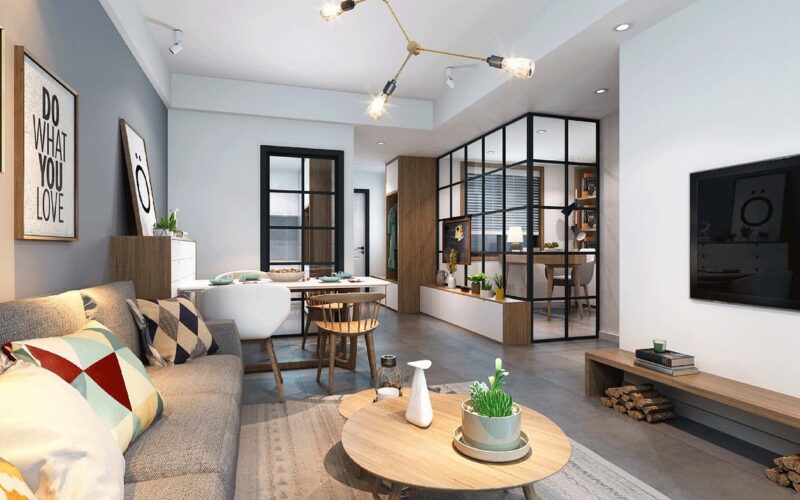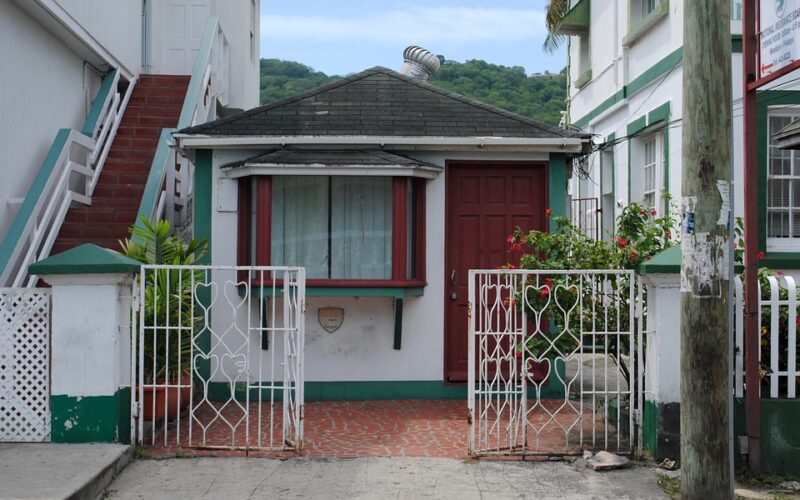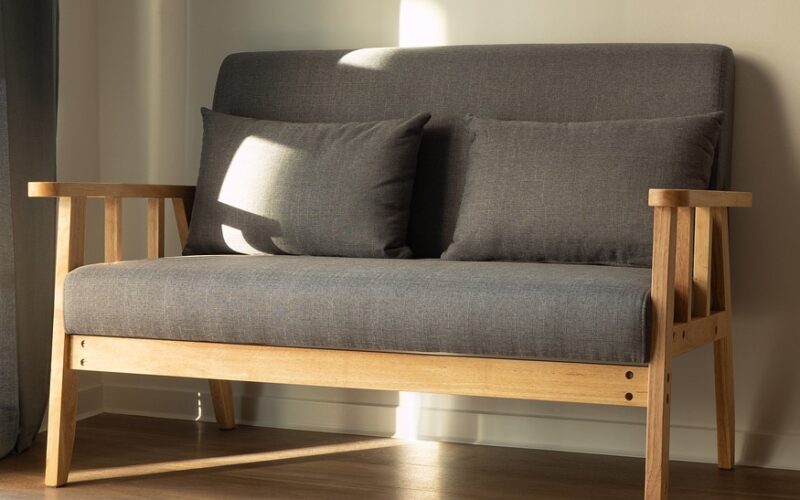Installing a closed circuit television (CCTV) system is a significant step towards enhancing the security of your property. However, the effectiveness of your setup depends entirely on where you place the cameras. Strategic placement ensures you cover critical areas, deter potential intruders, and capture clear, usable footage if an incident occurs. Whether you're setting up domestic CCTV for your home or a more complex commercial CCTV system for your business, the principles of maximum coverage remain the same. This guide outlines the key considerations for optimal camera placement.
Secure your entry points and perimeter
Your first line of defence is the perimeter of your property. Start by identifying all potential entry points, including front and back doors, ground-floor windows, and side gates. A camera positioned above the main entrance, at a height of around 8–10 feet (2.5–3 metres), can capture clear facial images of anyone approaching. For wider areas like driveways or gardens, use cameras with a broader field of view. Ensure each camera slightly overlaps the coverage of the next to create an unbroken surveillance chain around your property, eliminating easy access points for intruders.
Monitor interior high-traffic areas
Inside your property, focus on areas with high footfall or valuable assets. For a home, this includes hallways, staircases, and living rooms. For a business, this might be the reception area, stockroom, or server room. Placing cameras in the corners of these rooms, angled downwards, typically provides the most comprehensive view. The goal is to monitor the flow of movement. In a commercial CCTV context, this helps track employee and visitor activity, while for domestic CCTV, it provides a clear record of any unauthorised internal movement.
Address blind spots, elevation, and angles
Every property has blind spots—areas hidden from view by walls, large objects, or architectural features. Walk around your property and identify these areas from a potential intruder's perspective. Placing cameras at a higher elevation helps to reduce blind spots directly beneath the unit and makes them harder to tamper with. Angle your cameras downwards to capture activity effectively while minimising glare from the sun. Avoid pointing them directly at bright light sources. The key is to test different positions to see which angle provides the clearest and widest view of the target sone without obstruction.
Factor in lighting and night vision capabilities
Lighting conditions change throughout the day and night, directly impacting image quality. For areas that are poorly lit, choose cameras with infrared (IR) night vision. When placing these cameras, be aware of reflective surfaces like windows or license plates, which can cause IR glare and obscure the image. For daytime, position cameras to avoid direct sunlight, which can cause lens flare and overexposure. Proper lighting, whether natural or artificial, is a critical component of a reliable closed circuit television system, ensuring you get usable footage 24/7.
Consider privacy, legal, and data requirements
Camera placement is not just a technical decision; it also involves legal and ethical considerations. You must not point your cameras at a neighbour's private property, such as their windows, garden, or doors. For commercial CCTV, clear signage indicating that surveillance is in operation is often a legal requirement. You are also responsible for the secure storage of the data captured, adhering to data protection regulations. Always ensure your system respects privacy and complies with local laws to avoid legal complications.
Plan for power, networking, and maintenance
Finally, consider the practicalities of installation. Wired cameras require a physical connection to both a power source and your recording device, offering a stable connection but requiring more complex installation. Wireless cameras offer more flexibility in placement but depend on a strong Wi-Fi signal and may need their batteries recharged or replaced. Whichever system you choose, regular maintenance is essential. Clean the lenses periodically and check that all cameras are recording correctly and aimed at the desired areas to ensure your system remains effective.













